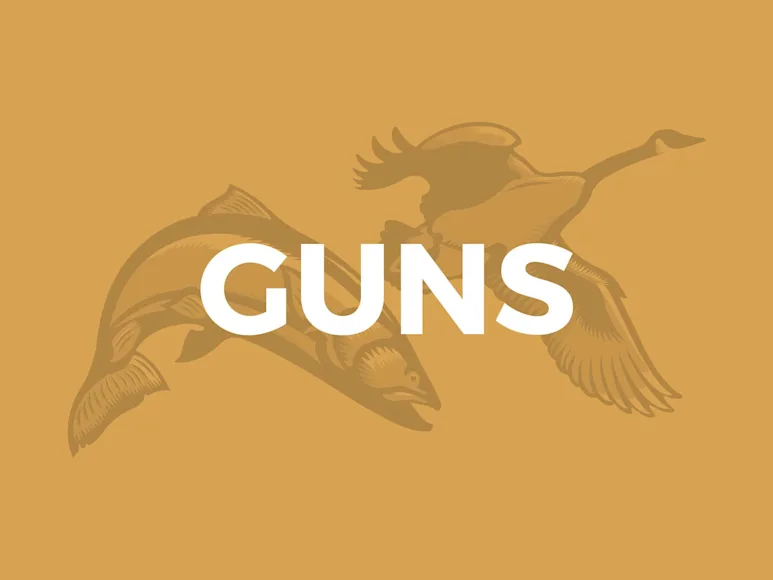_We may earn revenue from the products available on this page and participate in affiliate programs. Learn more ›
_

Since we have been talking about long- and short-range waterfowl shooting lately, there has been some faint praise and some downright criticism of steel among the comments. It’s true that steel isn’t as effective as lead, but I really believe there is a lot of selective memory among hunters old enough to recall the days of lead. People crippled and sailed plenty of birds back then, too.
Even HeviShot, which is arguably deadlier than any lead load ever made, doesn’t kill everything it hits stone dead. Last season I had to make a 600-yard retrieve on a goose I hit hard with HeviShot 2s. I centered another bird at 15 yards over the decoys with HeviShot 4s only to have the bird hit the ground and then get up and try to walk away. That doesn’t happen often with HeviShot, but it happens.
Point is, I believe steel shot automatically gets the blame for any bird that flies off, whether it’s the steel’s fault or not. In the early days of steel, steel was the problem along with hunters and ammunition companies who hadn’t yet realized shooting bigger pellets was the key to success with it. In fact, modern steel loads are quite good, and effective to 50 yards if you use big enough shot.
Improved steel shot* has been with us for a long time. I first noticed the improvement in steel loads on a trip to Alberta back in 1998, a couple of years after Winchester introduced what is still my all-time favorite steel load: the Supreme High Velocity. The name has since been changed to “Drylok Super Steel,” because while 1,450 fps was scorching in 1998, it’s pretty slow by today’s standards.
Anyway, a lot of the hunting in Canada is done on giant, bare, dry fields, so you can find a bird if you sail one. Because of that, I’ll take longer shots in Canada than I will at home. Shooting 3-inch Supremes in the Alberta pea fields, I could kill geese out to 50 yards, no problem. I have done so every time I’ve been to Canada since, usually using the black-hulled Supreme shells, but also 3 ½-inch Winchester Xperts and Federal 3-inch “blue box,” most of the time with factory Modified chokes.
The only time I had any trouble at all killing geese with steel in Canada was on a hunt when we shot the then-new 1,700 fps Remington HyperSonics. That was the exception that proves the rule, since the only shot size we had available to us was 2 steel. I really believe that choosing BB or BBB for Canada geese and nothing smaller than 2s for ducks and snow geese is critical for clean kills with steel.
All that said, if the result of the shift to steel shot is that people don’t think it kills at long range and they take shorter shots, well, then that’s a good thing for us and for the birds._*Changes in wads, powders and primers make the steel loads we have today much cleaner-burning, more consistent, and more reliable than the early loads were._


